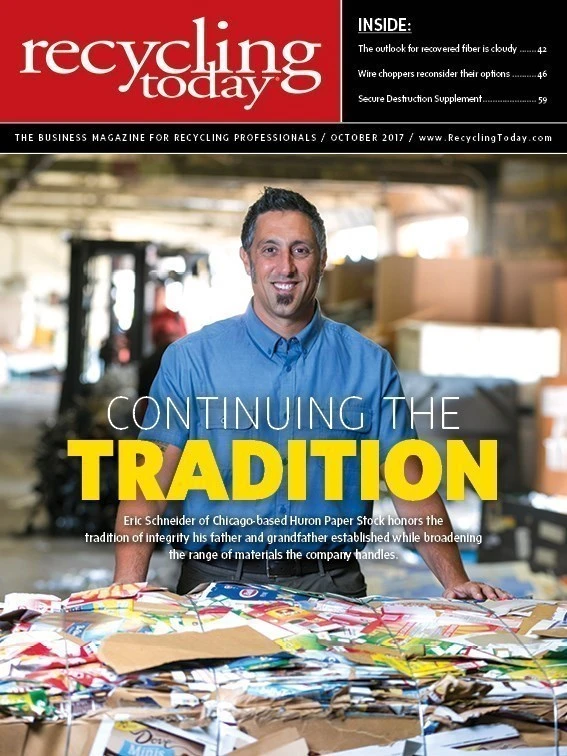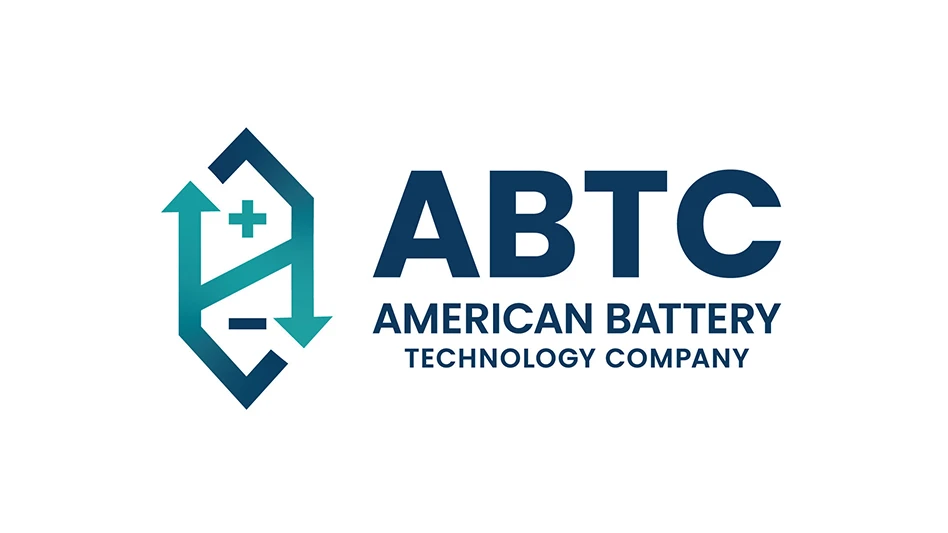The lingering effects of Hurricane Harvey are being felt on the Gulf Coast, home to many plants that produce chemicals used to make plastics.

A Sept. 20, 2017, report from IHS Markit, headquartered in London, states, “Most base chemical assets have restarted or are in the process of restarting from Hurricane Harvey, with some exceptions. Chemicals that were already in tight supply, such as propylene, polyethylene and caustic, are exhibiting elevated prices, and the effects from the disruption will be measured in months.”
IHS continues, “The percentage of total U.S. ethylene production offline remains around 10 percent, and total U.S. ethylene consumption capacity [is] in a similar range. The new ethylene units that were slated to come online over the next six months are expected to be delayed, with Chevron Phillips potentially seeing significant delays at Cedar Bayou, Texas; IHS Markit is still evaluating the timing of new units.”
The company predicts a possible tightening in ethylene supply resulting from the delays and shutdowns and, therefore, higher prices.
According to petrochemical market information provider ICIS, headquartered in London, a number of chemical and plastics producers have declared force majeure in response to production delays or shutdowns associated with the storm. Companies making these declarations include Formosa Plastics USA (polyethylene [PE] and polypropylene [PP]), INEOS (PP), LyondellBasell (PE and BD [butadiene]) and Ascend (acrylonitrile [ACN], hydrogen cyanide [HCN] and disodium iminodiacetate [DSIDA]).
This tightening of supply in the virgin plastics sector could be good news for recyclers. According to the “Plastics Beat” report from the Institute of Scrap Recycling Industries (ISRI), Washington, dated Sept. 19, “In the short-term, demand for scrap to fill in for the capacity void will remain as long as it takes for prime resin production capacity to return to normal operations and refill their liquid asset reserves. One of the factors that may affect the recovery of their financial reserves will be whether the umbrella organization for the large-scale production facilities will redirect funds in order to speed up efforts to recapture their lost market share.”
Prices for bales of recovered plastics inched up in early September. In its “Weekly Market Report” email dated Sept. 5, 2017, ISRI points to slight increases in pricing for high-density polyethylene (HDPE) and polyethylene terephthalate (PET) as reported by PetroChemWire. Mixed-color curbside bales of HDPE increased 2 cents, trading in a range of 29 to 30 cents per pound, and mixed-color PET bales increased by 1 cent to sell in a range of 16 cents to 17 cents per pound, ISRI notes. However, as of mid-month, PET gave back this increase, according to ISRI’s “Plastics Beat.”
China’s soft implementation of its new import restrictions on plastic scrap begins Sept. 1, ISRI says, with full implementation set for Dec. 31. In the “Weekly Market Report,” ISRI Commodities Research Analyst Bernie Lee writes, “With China’s restriction on scrap plastic imports beginning this month, the supply of reprocessed scrap plastic may track price increases until competitive markets upgrade their infrastructure to regrind and
Get curated news on YOUR industry.
Enter your email to receive our newsletters.

Explore the October 2017 Issue
Check out more from this issue and find your next story to read.
Latest from Recycling Today
- Metso launches electric Anode Weighing and Casting Machine
- Circular by Shapiro releases "5 for Five" sustainability series
- Graphic Packaging set to close Ohio CRB facility
- Ameripen voices support for Maryland EPR bill
- Maryland county expands curbside recycling to include electronics
- California EPS ban will be enforced
- YKK AP America introduces BetterBillet
- Fresh Perspective: Cameron Keefe






